Code
HCS6004
Weight
900 gm / 1.98 lbs
Size
Height
18cm (7") Width
13cm (5") Depth
9cm (4") Material
Copper
Availability
Sold
Date Added
2011-01-29 15:55:08
Note : We used to sell this product 14 years ago so it may no longer be in our stock.
It is possible that we still have it with our suppliers but the price could be different from before.
Feel free to order. We will verify availability and inform you promptly.
It is possible that we still have it with our suppliers but the price could be different from before.
Feel free to order. We will verify availability and inform you promptly.

Safe Payment
We accept Paypal, Money Transfer, Bank Transfer
Confidence
Protection covers your purchase and personal data.
Worldwide Delivery
We ship Worldwide, except Russia.Shipping cost US$25.2 for upto 0.5 kgs

Hotline
Talk to help line for your question on 9841267335Madagini is the second wife of Guru padmasambhaba of indian origin. Green tara being the wife of Tibetan orgin
About sold
this item is sold
this item is sold
Rare Find : what is a Rare find?
This Sitatapatra - Umbrella Goddess - Dugar, Statue, [bronze Finishing], [master Quality], [rare Find], [sold] is a rare find product, The Rare Find product is an uncommon and elusive product that is difficult to find and likely the only one available for sale. Once sold, Sitatapatra - Umbrella Goddess - Dugar, Statue, [bronze Finishing], [master Quality], [rare Find], [sold] will be removed from the listings or marked as sold. This rarity and exclusivity make it highly sought-after by collectors and enthusiasts, offering a unique and irreplaceable addition to any collection.
This Sitatapatra - Umbrella Goddess - Dugar, Statue, [bronze Finishing], [master Quality], [rare Find], [sold] is a rare find product, The Rare Find product is an uncommon and elusive product that is difficult to find and likely the only one available for sale. Once sold, Sitatapatra - Umbrella Goddess - Dugar, Statue, [bronze Finishing], [master Quality], [rare Find], [sold] will be removed from the listings or marked as sold. This rarity and exclusivity make it highly sought-after by collectors and enthusiasts, offering a unique and irreplaceable addition to any collection.
Master Quality : What is master Quality?
The attribute of "master quality" distinguishes the Sitatapatra - Umbrella Goddess - Dugar, Statue, [bronze Finishing], [master Quality], [rare Find], [sold] as an embodiment of extraordinary craftsmanship and artistic excellence. This exceptional piece is directly handcrafted by an artist or craftsman of the highest categorization, reflecting their unparalleled skill and expertise. The uniqueness of Sitatapatra - Umbrella Goddess - Dugar, Statue, [bronze Finishing], [master Quality], [rare Find], [sold] lies in its exclusivity to the artist, making it a rare find with nearly impossible chances of finding an identical piece in the same category. While copies may exist, they can never truly replicate the essence of the original, as an artist or craftsman capable of creating such exceptional artistry would prefer to showcase their own creative vision rather than reproduce another's work. Read More . . .
The attribute of "master quality" distinguishes the Sitatapatra - Umbrella Goddess - Dugar, Statue, [bronze Finishing], [master Quality], [rare Find], [sold] as an embodiment of extraordinary craftsmanship and artistic excellence. This exceptional piece is directly handcrafted by an artist or craftsman of the highest categorization, reflecting their unparalleled skill and expertise. The uniqueness of Sitatapatra - Umbrella Goddess - Dugar, Statue, [bronze Finishing], [master Quality], [rare Find], [sold] lies in its exclusivity to the artist, making it a rare find with nearly impossible chances of finding an identical piece in the same category. While copies may exist, they can never truly replicate the essence of the original, as an artist or craftsman capable of creating such exceptional artistry would prefer to showcase their own creative vision rather than reproduce another's work. Read More . . .
Bronze Finishing
This Sitatapatra - Umbrella Goddess - Dugar, Statue, [bronze Finishing], [master Quality], [rare Find], [sold] product features a stunning Bronze patina finish. Our store takes pride in offering this exclusive patina, which involves a meticulous process utilizing organic materials such as butter and vegetable color. The aim is to recreate the appearance of an aged bronze statue, evoking a sense of timeless elegance.
The art of giving the bronze color to red copper is truly exceptional and is practiced by skilled craftsmen. With each piece, you not only acquire a beautifully finished Sitatapatra - Umbrella Goddess - Dugar, Statue, [bronze Finishing], [master Quality], [rare Find], [sold] product but also pay homage to the artisans who are dedicated to preserving this rare and fading art form. The result is a unique and captivating aesthetic that adds a touch of sophistication and nostalgia to any setting. Read More . . .
This Sitatapatra - Umbrella Goddess - Dugar, Statue, [bronze Finishing], [master Quality], [rare Find], [sold] product features a stunning Bronze patina finish. Our store takes pride in offering this exclusive patina, which involves a meticulous process utilizing organic materials such as butter and vegetable color. The aim is to recreate the appearance of an aged bronze statue, evoking a sense of timeless elegance.
The art of giving the bronze color to red copper is truly exceptional and is practiced by skilled craftsmen. With each piece, you not only acquire a beautifully finished Sitatapatra - Umbrella Goddess - Dugar, Statue, [bronze Finishing], [master Quality], [rare Find], [sold] product but also pay homage to the artisans who are dedicated to preserving this rare and fading art form. The result is a unique and captivating aesthetic that adds a touch of sophistication and nostalgia to any setting. Read More . . .
Lost-Wax System
This Sitatapatra of Sitatapatra - Umbrella Goddess - Dugar, Statue, [bronze Finishing], [master Quality], [rare Find], [sold] is made by the process of the Lost Wax system. This is a very complicated, time consuming and historic process of making metal sculptures.Which is why it is sometimes called Precision Casting as well. Hence the sculptures made by this process are comparatively expensive. There are many new, advanced and less time consuming methods of casting metal sculptures available as well. But due to the benefits provided by the traditional lost wax system in quality control and customization, we prefer the Loss wax system over Ceramic molding, or sand casting to make our Sitatapatra.
Below we have tried to illustrate the process of making a loss wax system statue: Read More . . .
This Sitatapatra of Sitatapatra - Umbrella Goddess - Dugar, Statue, [bronze Finishing], [master Quality], [rare Find], [sold] is made by the process of the Lost Wax system. This is a very complicated, time consuming and historic process of making metal sculptures.Which is why it is sometimes called Precision Casting as well. Hence the sculptures made by this process are comparatively expensive. There are many new, advanced and less time consuming methods of casting metal sculptures available as well. But due to the benefits provided by the traditional lost wax system in quality control and customization, we prefer the Loss wax system over Ceramic molding, or sand casting to make our Sitatapatra.
Below we have tried to illustrate the process of making a loss wax system statue: Read More . . .
Brief Introduction :
Sitātapatrā (Sanskrit: "White Parasol",) is a protector against supernatural danger. She is venerated in both the Mahayana and Vajrayana traditions. She is also known as Uṣṇīṣa Sitātapatrā. It is believed that Sitātapatrā is a powerful independent deity emanated by Gautama Buddha from his uṣṇīṣa. Whoever practices her mantra will be reborn in Amitābha's pure land of Sukhāvatī as well as gaining protection against supernatural danger and witchcraft
Forms :There are several different forms of Sitatapatra including: with one face and two arms; with three faces and six arms; with three faces and eight arms; with three faces and ten arms; with five faces and ten arms; and, with 1000 faces, 1000 arms and 1000 legs
Symbolism :Sitātapatrā is one of the most complex Vajrayana goddesses. According to Miranda Shaw in the Buddhist Goddesses of India, Sitātapatrā emerged from Buddha's uṣṇīṣa when he was in the Trāyastriṃśa heaven.[citation needed] The Buddha announced her role to "cut asunder completely all malignant demons, to cut asunder all the spells of others...to turn aside all enemies and dangers and hatred." Sitātapatrā's benign and beautiful form belies her ferocity as she is a "fierce, terrifying goddess, garlanded by flames, a pulverizer of enemies and demons."
In the Mahayana Sitatapatra Sutra, she is called Aparājita "Undefeatable, Unconquerable" and is also identified as a form of goddess Tārā.
In other sutras, she is regarded as a female counterpart to Avalokiteśvara, the bodhisattva of compassion. Like him, Sitātapatrā manifests in many elaborate forms: having a thousand faces, arms and legs, or simply as a feminine deity of great beauty. Known foremost for her "white parasol" she is most frequently attributed with the "golden wheel". The auspiciousness of the turning of the dharma wheel is symbolic of Buddhism, both in its teachings and realizations.
In the Mahayana Sitatapatra Sutra, she is called Aparājita "Undefeatable, Unconquerable" and is also identified as a form of goddess Tārā.
In other sutras, she is regarded as a female counterpart to Avalokiteśvara, the bodhisattva of compassion. Like him, Sitātapatrā manifests in many elaborate forms: having a thousand faces, arms and legs, or simply as a feminine deity of great beauty. Known foremost for her "white parasol" she is most frequently attributed with the "golden wheel". The auspiciousness of the turning of the dharma wheel is symbolic of Buddhism, both in its teachings and realizations.


![Sitatapatra - Umbrella Goddess - Dugar, Statue, [bronze Finishing], [master Quality], [rare Find], [sold]](https://handicraftseller.com/uploads/pics/product/thumb/2011/01/6004.jpg)
![Sitatapatra - Umbrella Goddess - Dugar, Statue, [bronze Finishing], [master Quality], [rare Find], [sold]](https://handicraftseller.com/uploads/pics/product/thumb/2011/01/6004_0.jpg)
![Sitatapatra - Umbrella Goddess - Dugar, Statue, [bronze Finishing], [master Quality], [rare Find], [sold]](https://handicraftseller.com/uploads/pics/product/thumb/2011/01/6004_1.jpg)
![Sitatapatra - Umbrella Goddess - Dugar, Statue, [bronze Finishing], [master Quality], [rare Find], [sold]](https://handicraftseller.com/uploads/pics/product/thumb/2011/01/6004_2.jpg)
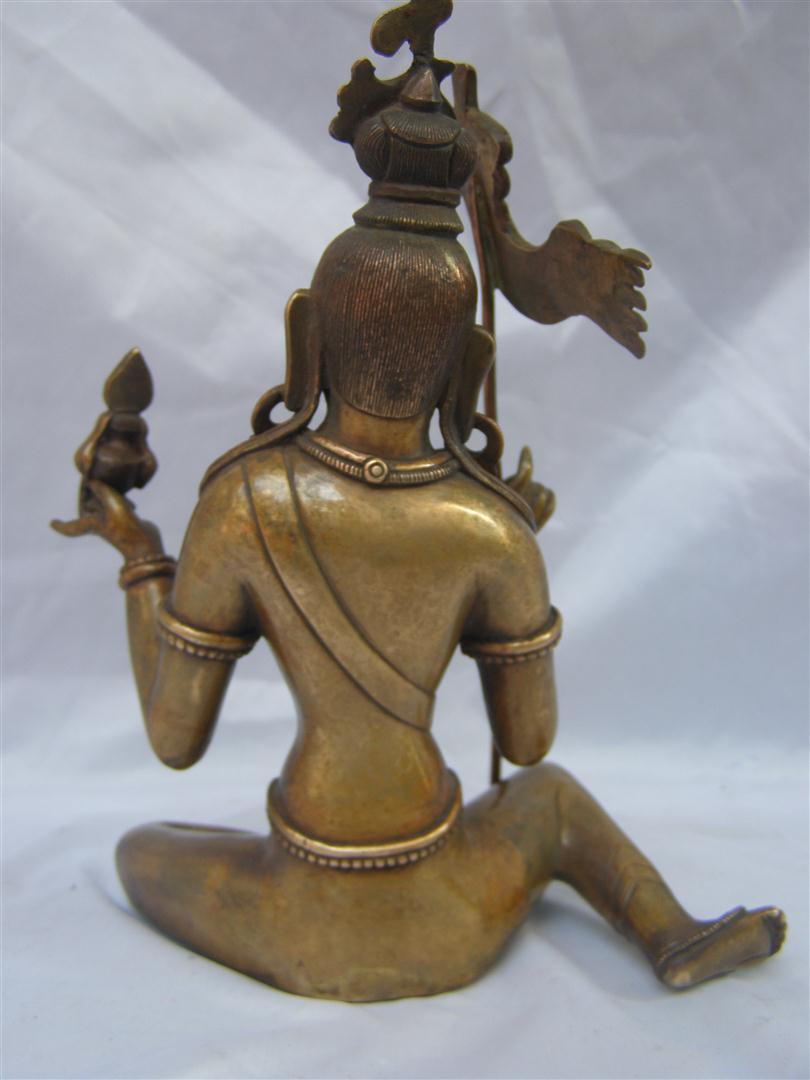

























































 Sitatapatra, Umbrella Tara, Buddhist Handmade Statue,
Sitatapatra, Umbrella Tara, Buddhist Handmade Statue, 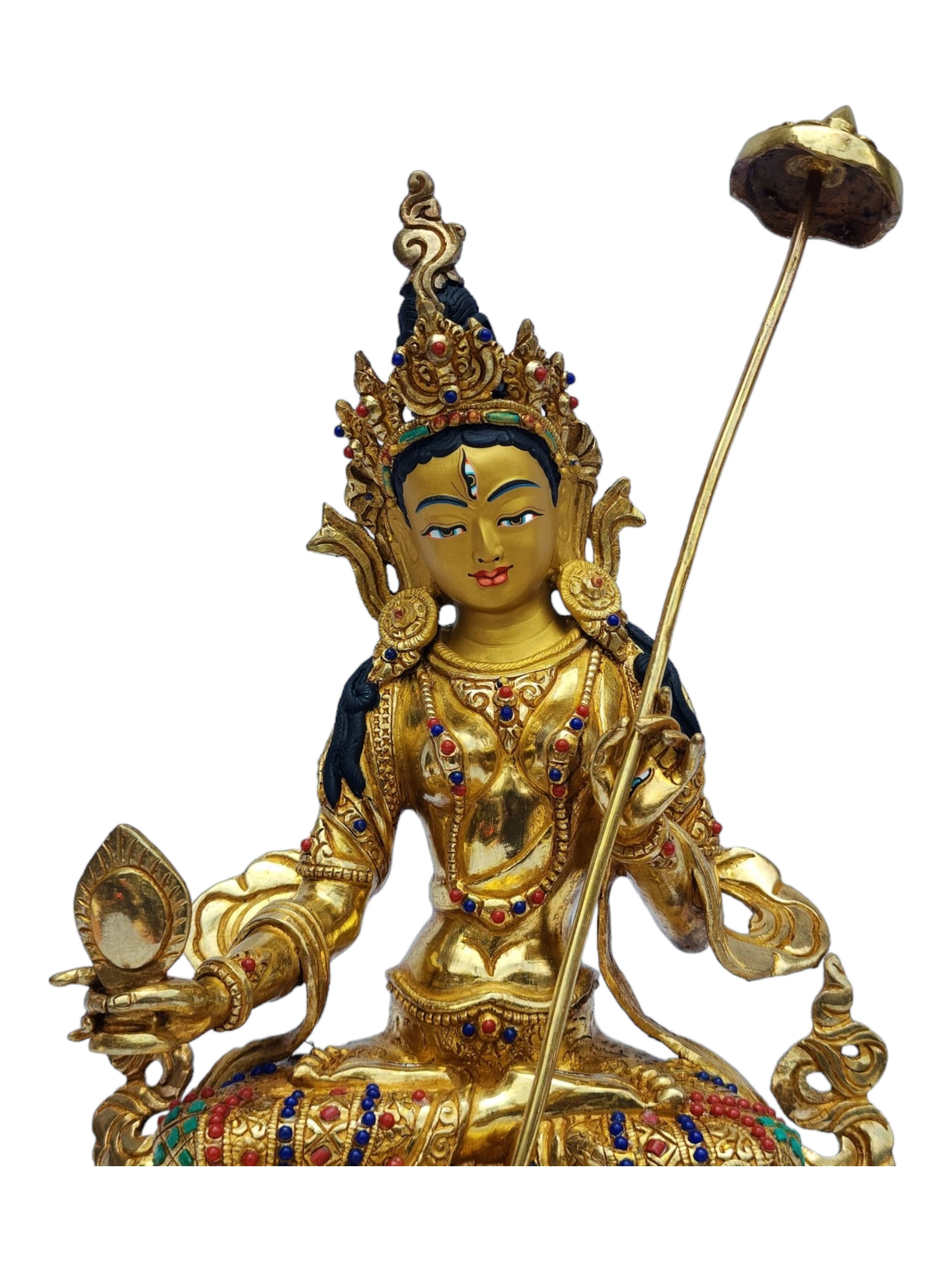 Sitatapatra, Umbrella Tara, Buddhist Handmade Statue,
Sitatapatra, Umbrella Tara, Buddhist Handmade Statue, 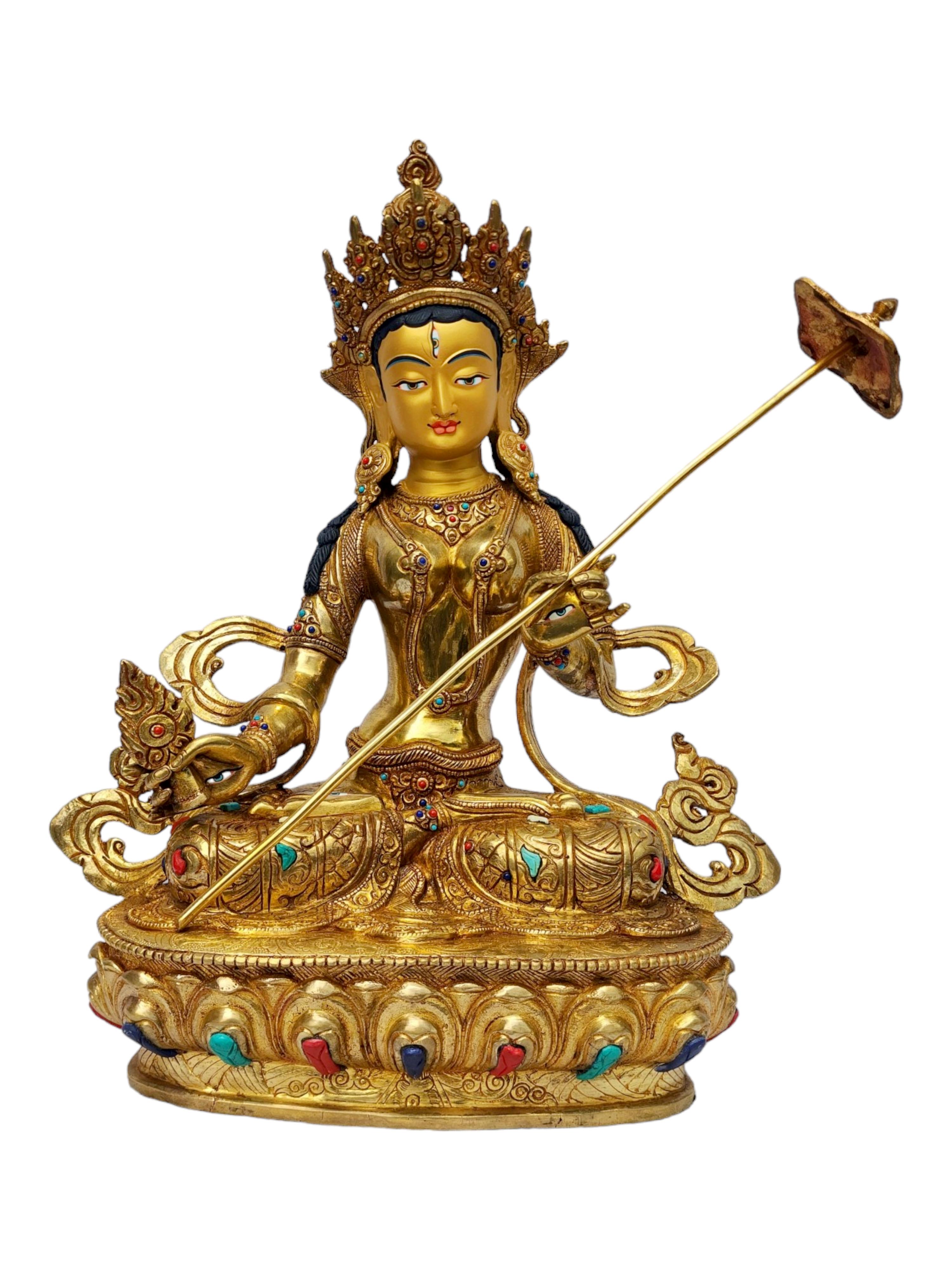 Sitatapatra, Umbrella Tara, Buddhist Handmade Statue,
Sitatapatra, Umbrella Tara, Buddhist Handmade Statue, 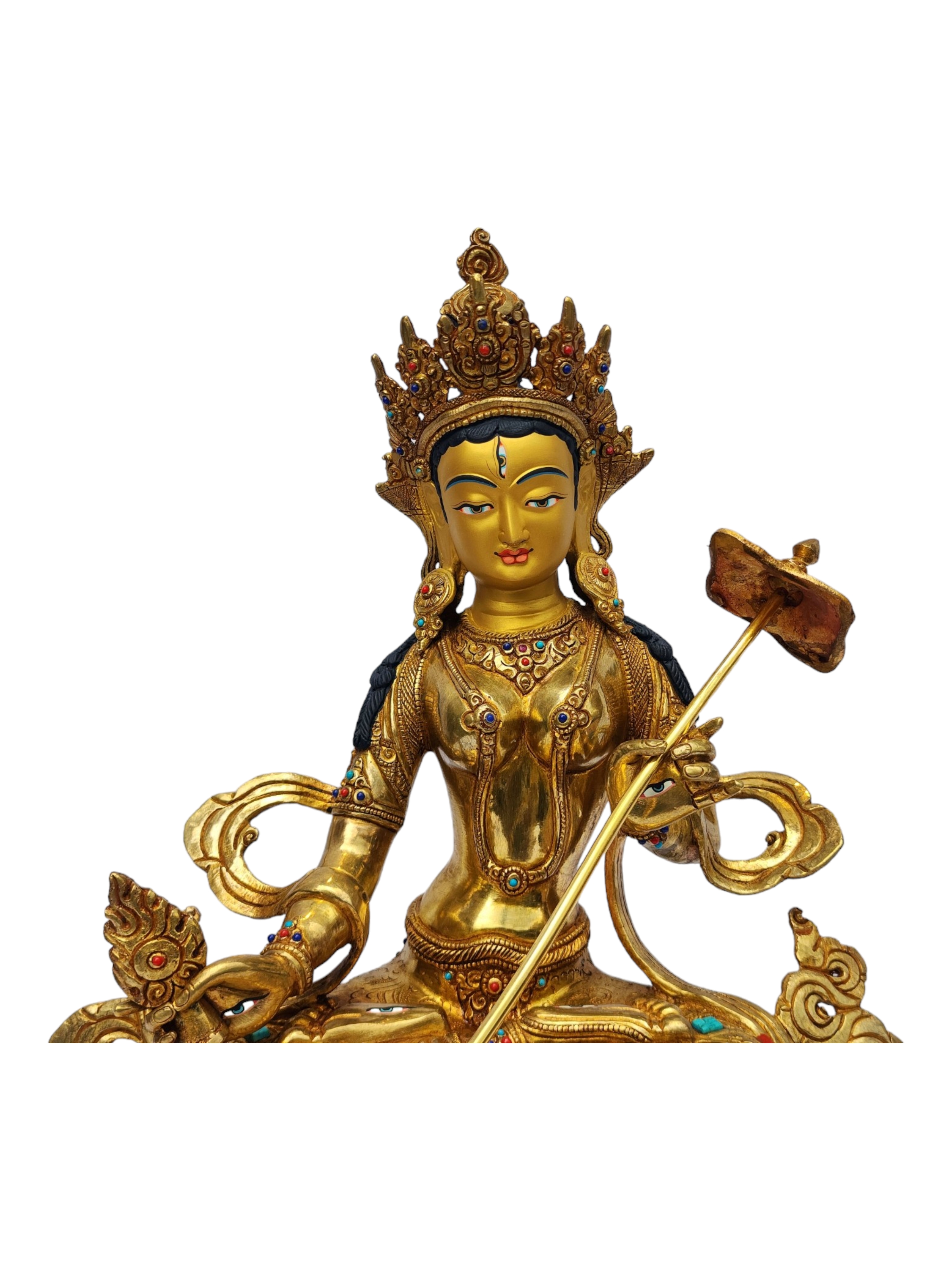 Sitatapatra, Umbrella Tara, Buddhist Handmade Statue,
Sitatapatra, Umbrella Tara, Buddhist Handmade Statue, 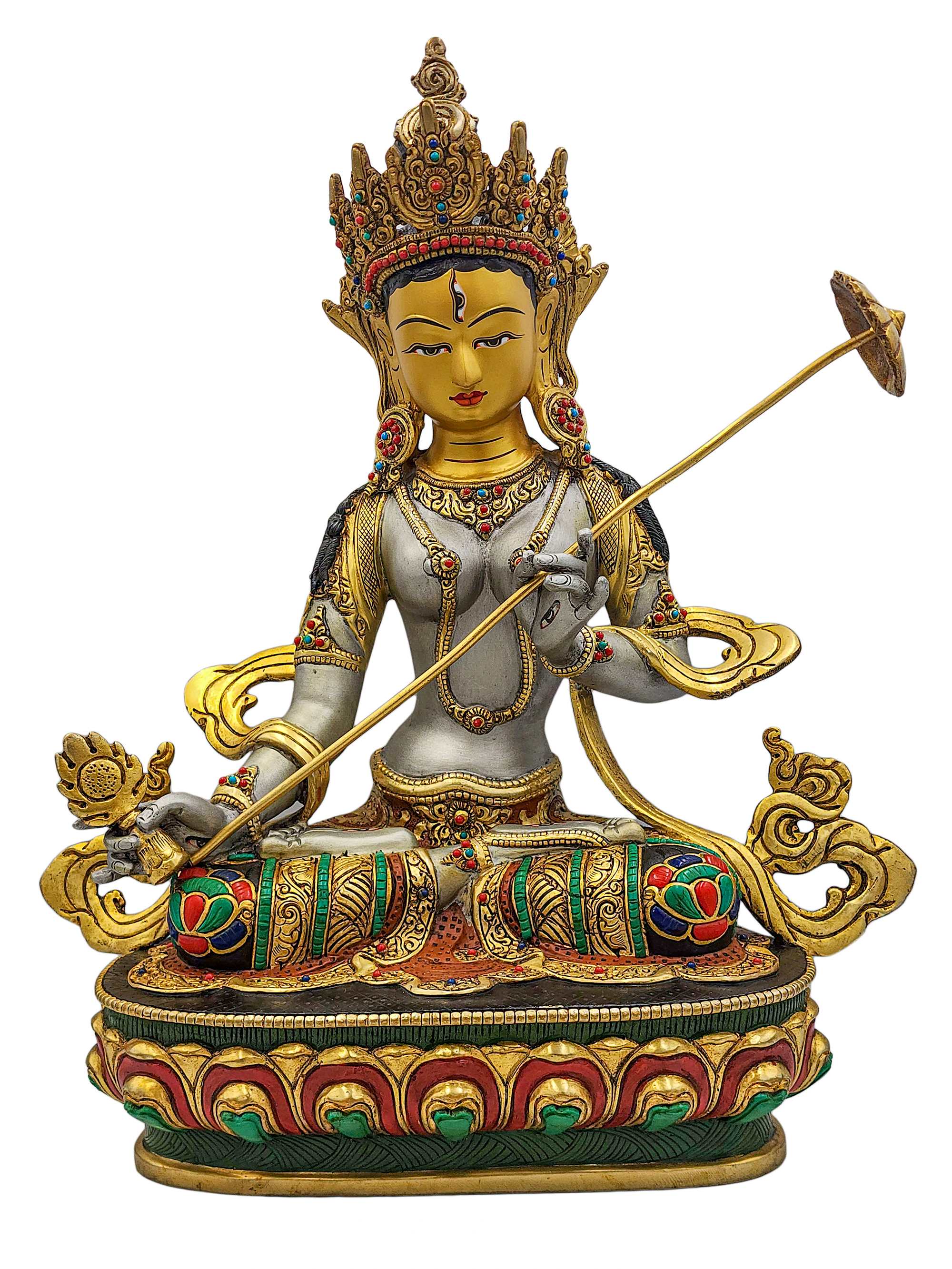 Sitatapatra, Buddhist Handmade Statue,
Sitatapatra, Buddhist Handmade Statue, 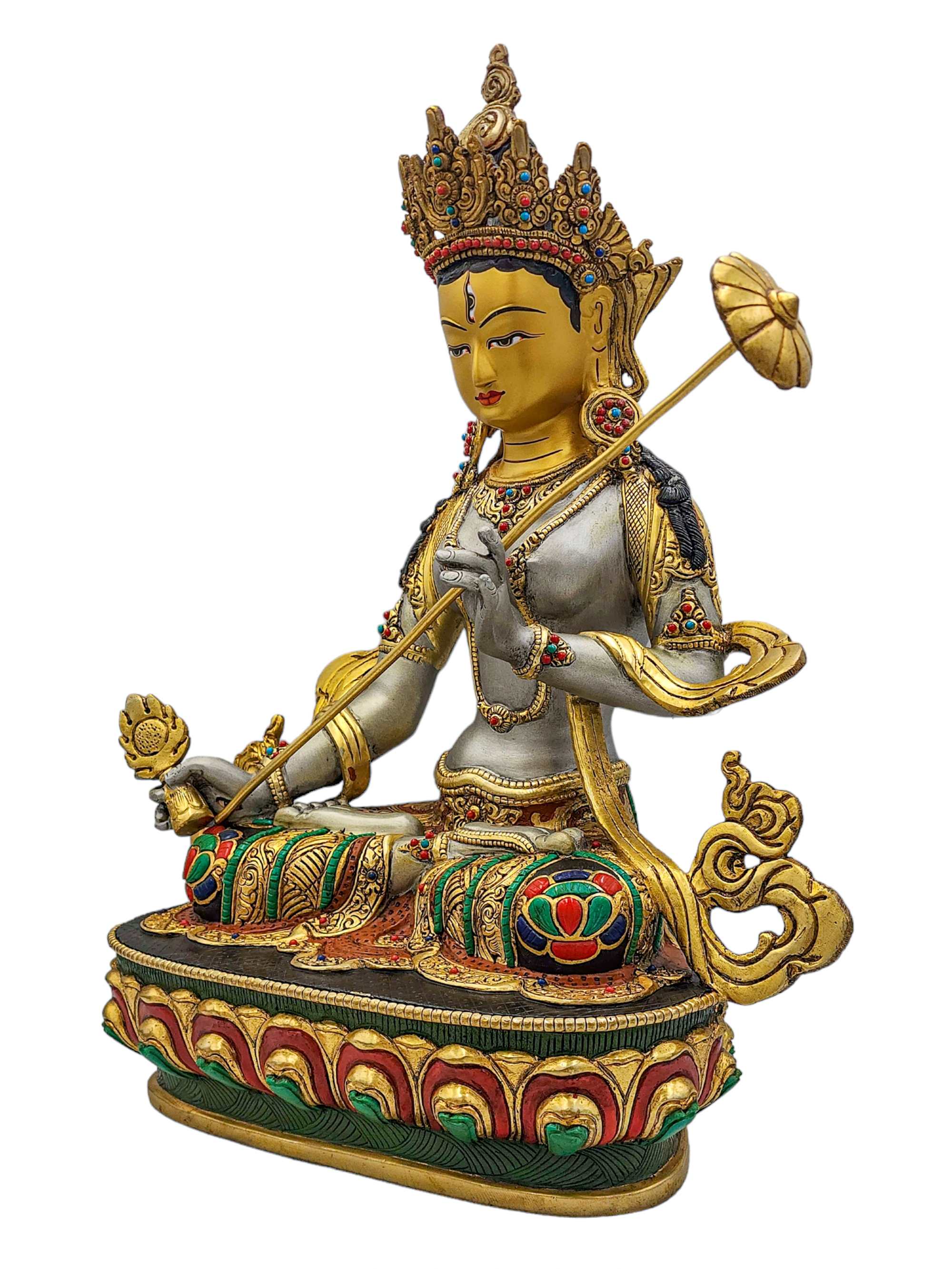 Sitatapatra, Buddhist Handmade Statue,
Sitatapatra, Buddhist Handmade Statue,  of Sitatapatra - Umbrella Goddess - Dugar,
of Sitatapatra - Umbrella Goddess - Dugar, 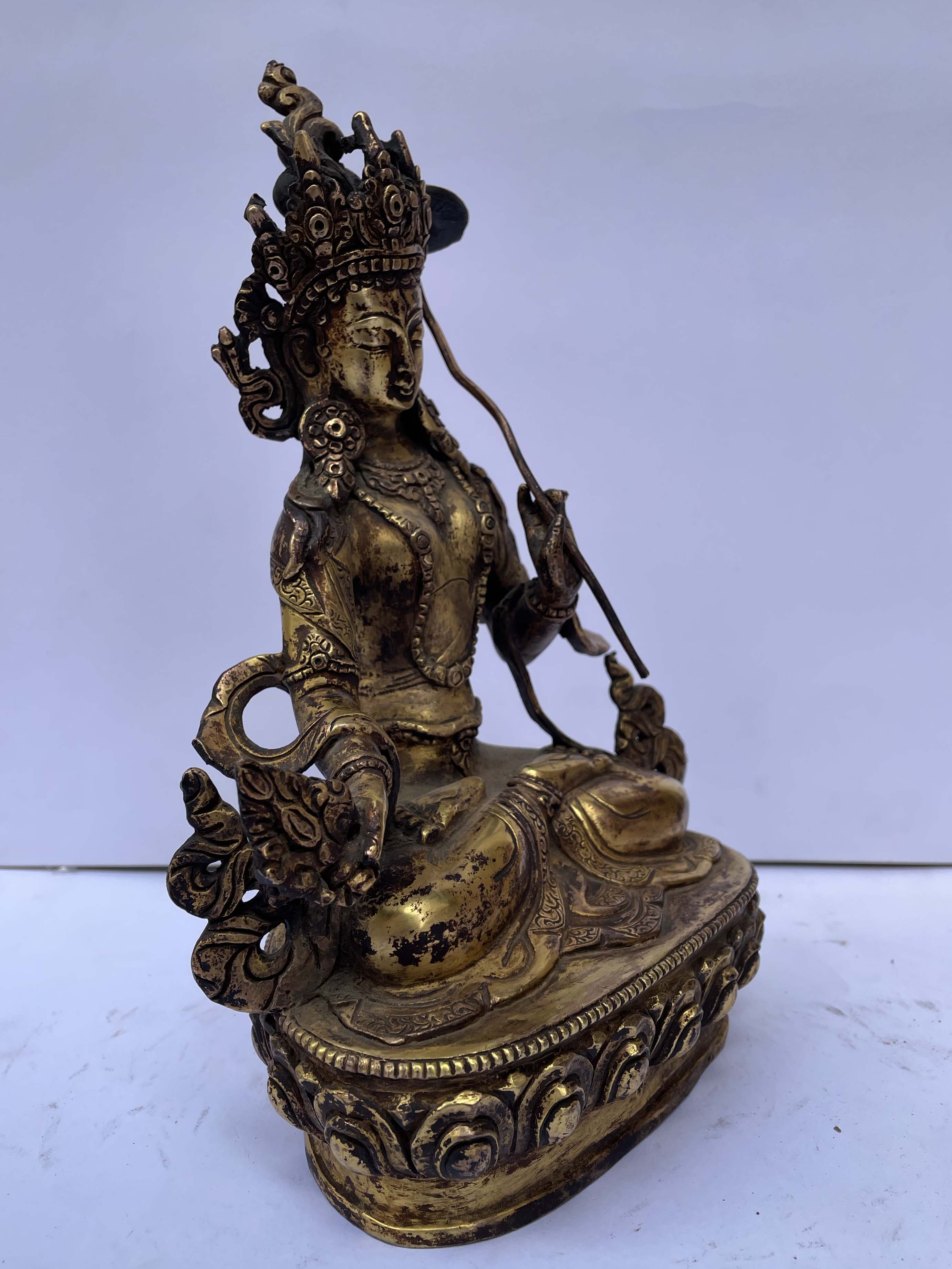 of Sitatapatra - Umbrella Goddess - Dugar,
of Sitatapatra - Umbrella Goddess - Dugar,  Sold" title="Sitatapatra - Umbrella Goddess - Dugar, Statue,
Sold" title="Sitatapatra - Umbrella Goddess - Dugar, Statue,  Sitatapatra, Umbrella Tara, Buddhist Handmade Statue,
Sitatapatra, Umbrella Tara, Buddhist Handmade Statue, 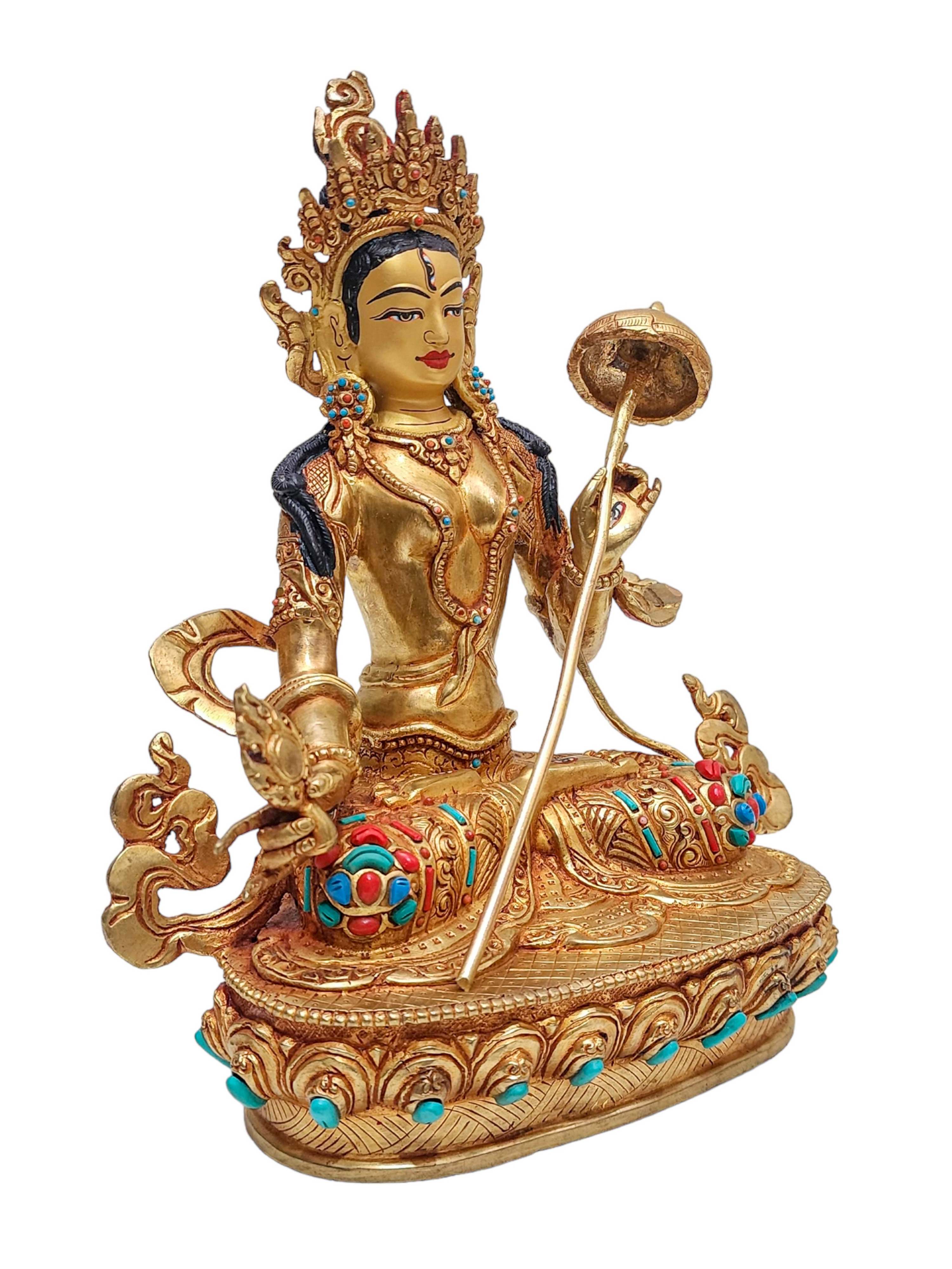 Sitatapatra, Umbrella Tara, Buddhist Handmade Statue,
Sitatapatra, Umbrella Tara, Buddhist Handmade Statue, 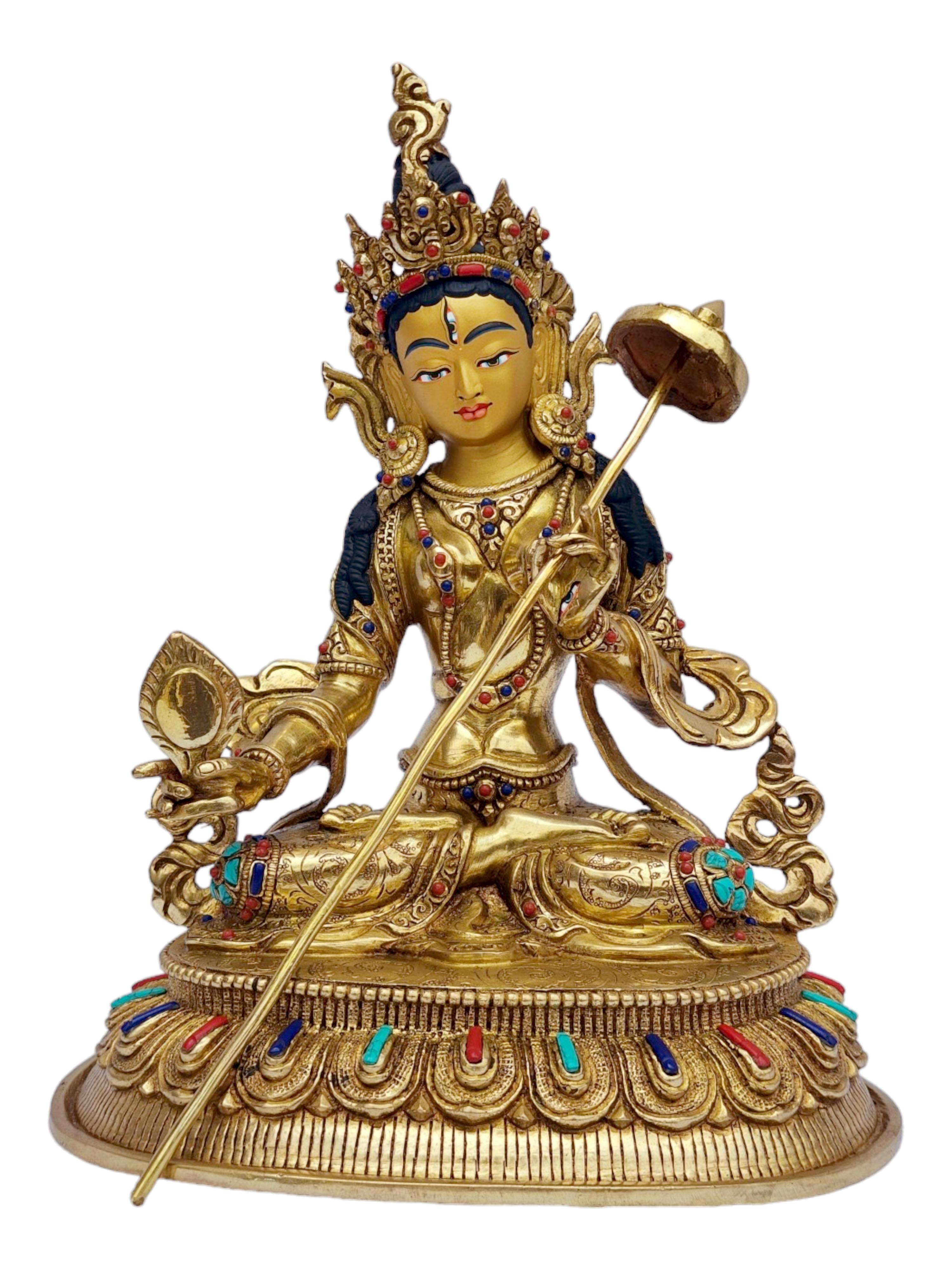 Sitatapatra, Umbrella Tara, Buddhist Handmade Statue,
Sitatapatra, Umbrella Tara, Buddhist Handmade Statue,  Sitatapatra, Umbrella Tara, Buddhist Handmade Statue,
Sitatapatra, Umbrella Tara, Buddhist Handmade Statue, 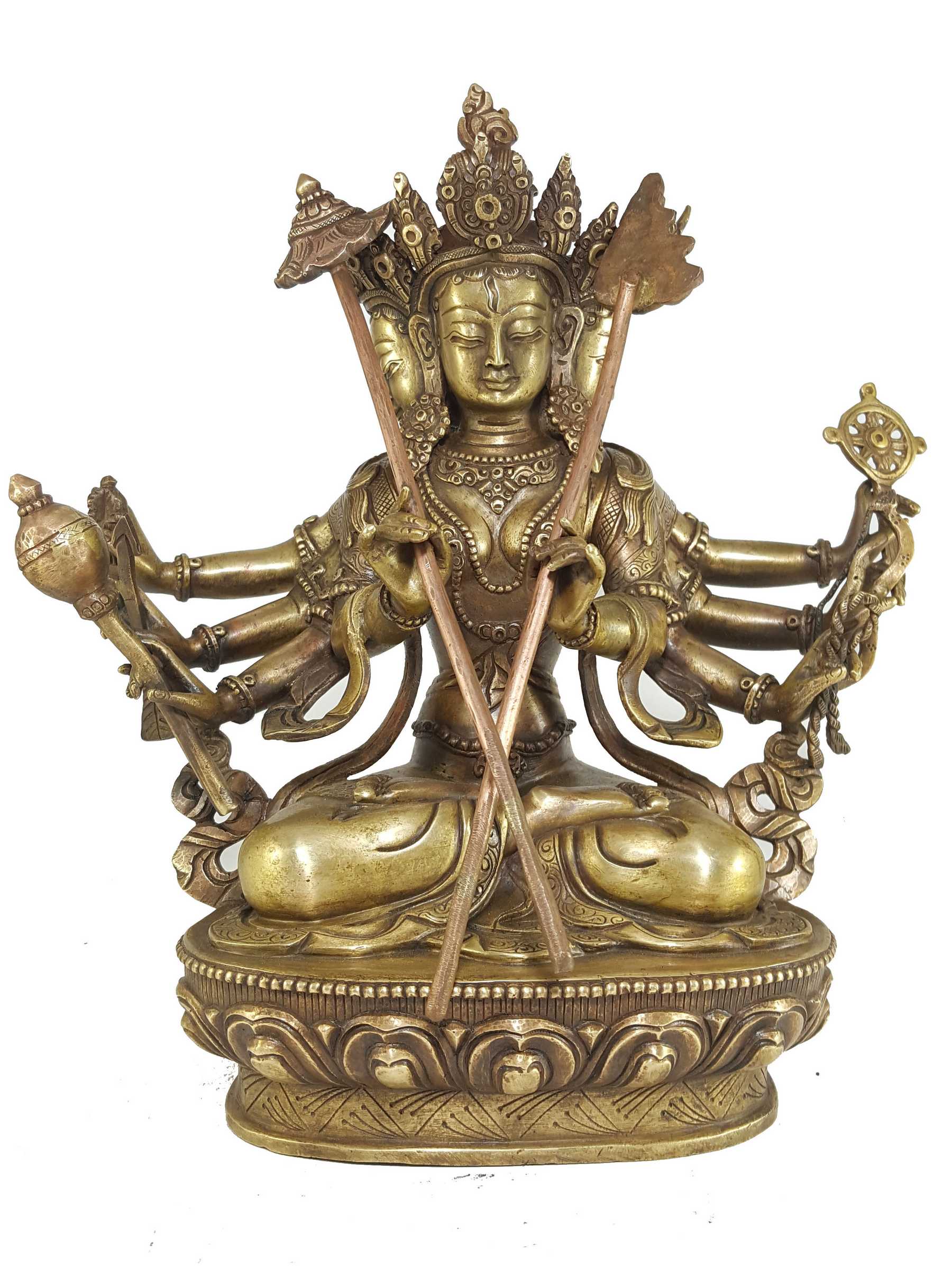 of Sitatapatra - Umbrella Goddess - Dugar, -white Umbrella Goddess Bronze Finishing" title="Statue
of Sitatapatra - Umbrella Goddess - Dugar, -white Umbrella Goddess Bronze Finishing" title="Statue 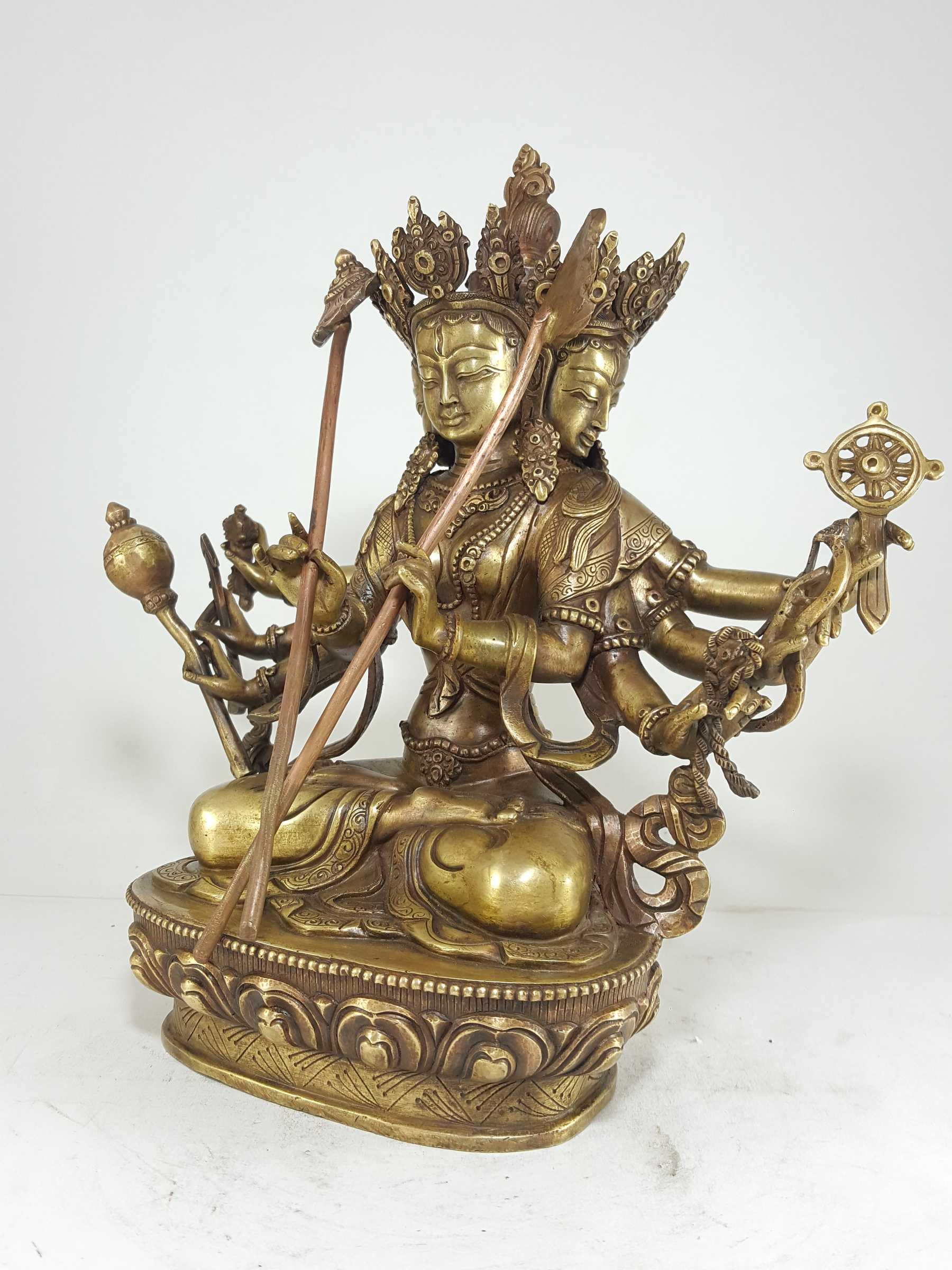 of Sitatapatra - Umbrella Goddess - Dugar, -white Umbrella Goddess Bronze Finishing" title="Statue
of Sitatapatra - Umbrella Goddess - Dugar, -white Umbrella Goddess Bronze Finishing" title="Statue  of Sitatapatra - Umbrella Goddess - Dugar,
of Sitatapatra - Umbrella Goddess - Dugar, 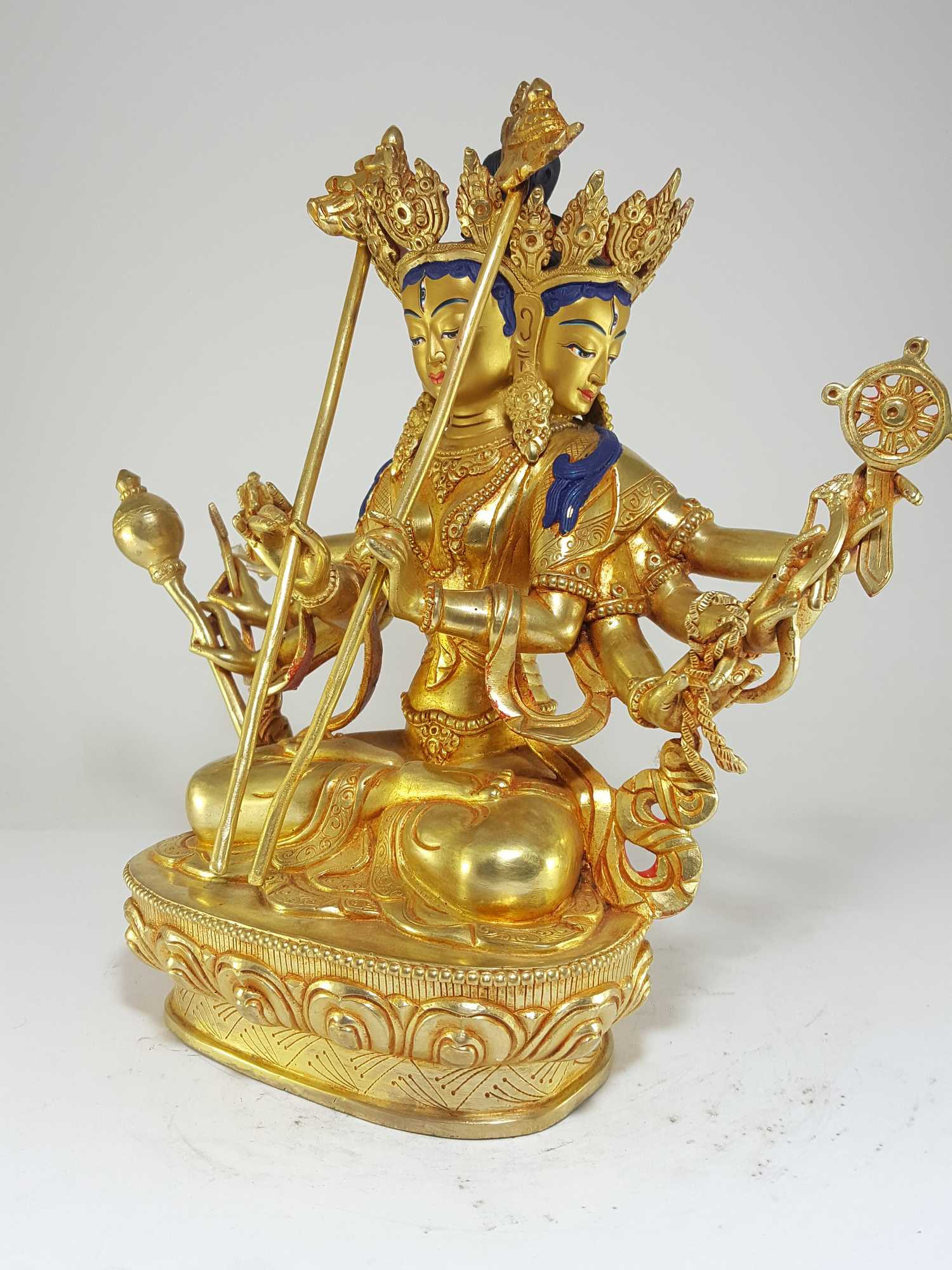 of Sitatapatra - Umbrella Goddess - Dugar,
of Sitatapatra - Umbrella Goddess - Dugar,  of Sitatapatra Umbrella Tara.,
of Sitatapatra Umbrella Tara., 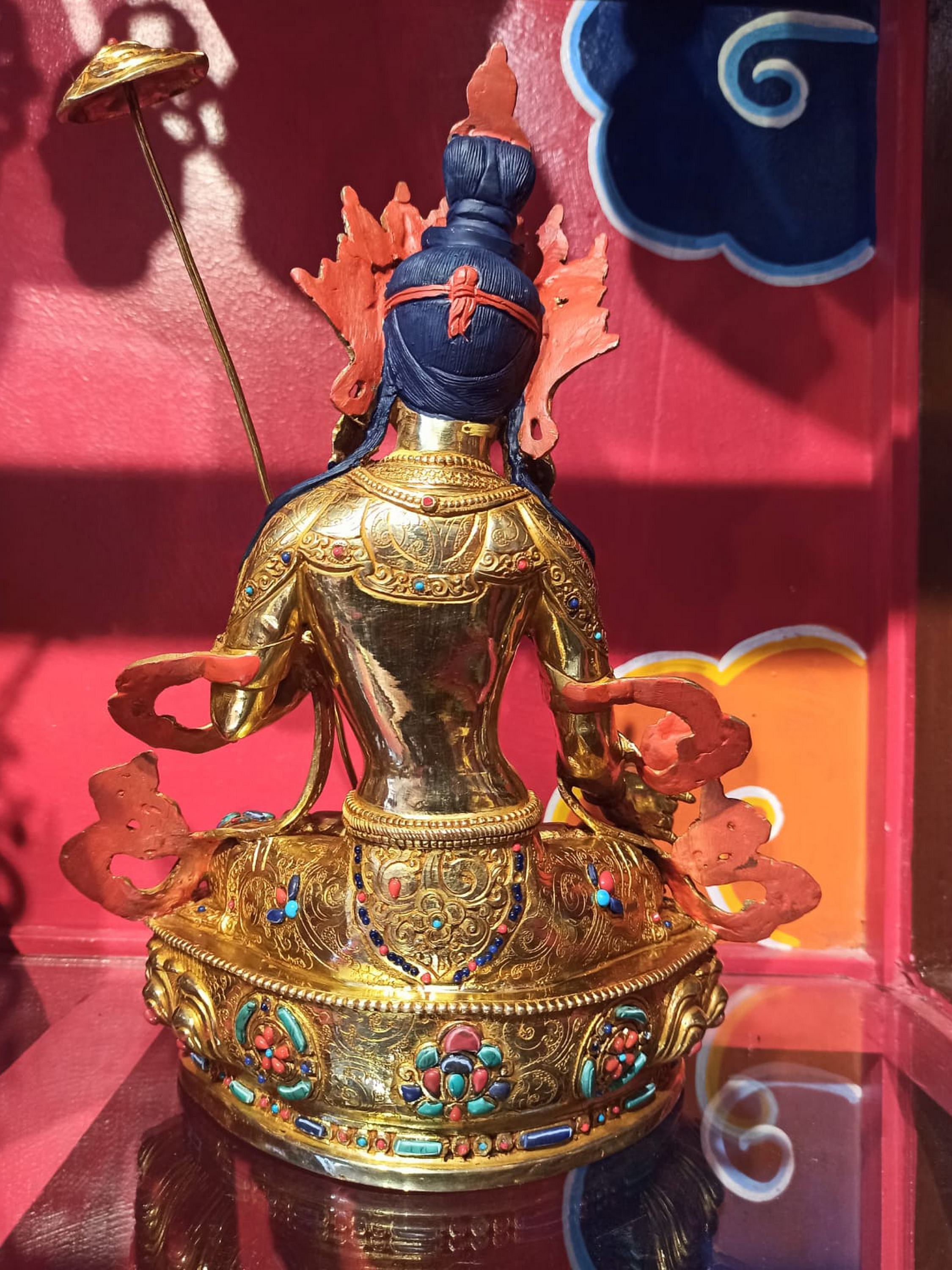 of Sitatapatra Umbrella Tara.,
of Sitatapatra Umbrella Tara.,